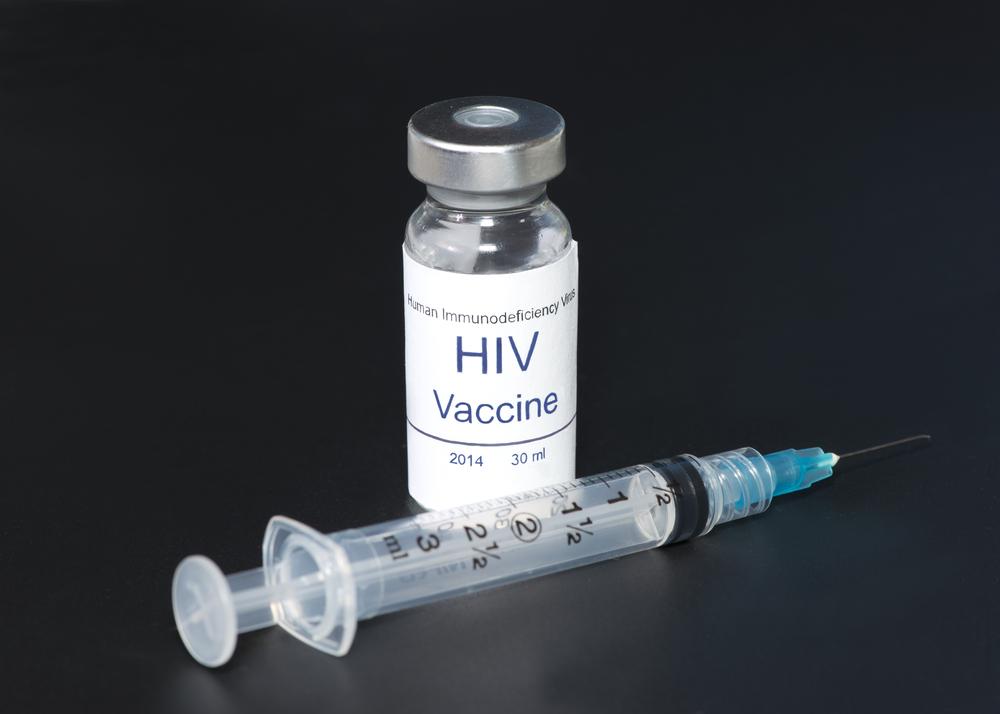
Signs and Symptoms of HIV
Human immune-deficiency virus, or HIV, is a virus that attacks the cells in the body that help fight off infections. It makes the person vulnerable to other diseases and infections. HIV is spread through contact of body fluids of a person who has the disease. This is generally done during unprotected sex. HIV transmission is also possible via sharing equipment for blood transfusion or injection drugs like needles.
There is no cure for HIV, and if left untreated, HIV may progress into AIDS (or acquired immune-deficiency syndrome). Symptoms of HIV may not be experienced by every patient, but often include the following:
1. Headaches and fever
Although every person with the virus will not have all of the same symptoms, a headache that lasts for several days or weeks should be given attention. Many people will have a fever without being able to be precise about the reason. This can also last for a prolonged period of time without a common cause. The only way to determine if you have HIV and AIDS is to be tested.
2. Sore throat and muscle aches and pain
HIV occurs in three different stages. Stage one is the acute HIV infection stage. In two to four weeks after being infected, some people will develop flu-like symptoms which is the way that the body responds to the infection. Fever, chills, body ache, and sore throat are all common flu like symptoms, but are also signs that the HIV and AIDS virus may be present.
3. Swollen lymph nodes
Swollen lymph nodes will also occur in stage one of the HIV infection, and can also last for several weeks. This symptom can be similar to those caused by other illnesses, so it is important not to self diagnose. If you think that you have been infected or exposed, see a doctor and be tested.
4. Rash
This symptom of HIV is a common one that people may regard as a minor skin condition, and could be the only sign of HIV. All symptoms do not occur in everyone with the virus. A skin rash that lasts for several weeks is a sign that something more serious is wrong. If no other symptoms exist, people may not know to be tested unless they see a doctor. Stage 2, or the Clinical Latency stage, means that the virus will continue to multiply, but at a low level. People may not feel sick, or have symptoms at this stage, but can stay in this stage if they do not have treatment from 10 to 15 years, and still have a rash.
Taking HIV treatment daily as prescribed by your doctor can protect your health as it also helps prevent the transmission of the virus to others. It is important to see your doctor regularly to have your levels checked because you can still transmit during Stage 2. AIDS is Stage 3 of the infection, and as with Stage 1 the symptoms include fever, fatigue, swollen lymph nodes, discolored blotches on the skin along with other more severe symptoms. This list of symptoms does not include all of the common signs of the virus. If exposure or infection is suspected, see your healthcare provider as soon as possible. Since 1981, practicing safe sex has been the trend for safety health conscious people to lessen the spread of HIV.


